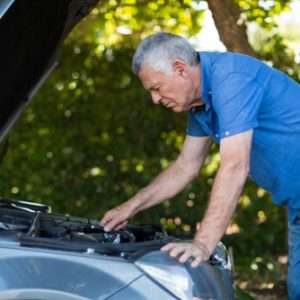The concept of a car engine espresso machine might seem absurd at first. It’s a collision of two very different worlds: automotive engineering and the art of coffee brewing. However, exploring this idea reveals fascinating possibilities and challenges. This article delves into the feasibility, design considerations, and potential benefits (and drawbacks) of such a contraption. It’s a wild ride, so buckle up!
The Core Idea: Harnessing Waste Heat
The fundamental principle behind a car engine espresso machine is utilizing the waste heat generated by the engine. Engines produce a significant amount of heat as a byproduct of combustion. This heat is typically dissipated through the cooling system. Instead of simply wasting this energy, we could potentially redirect it to heat water for espresso extraction. Think of it as a sustainable and efficient way to brew your morning coffee on the go. It’s a bold idea, isn’t it?
Challenges and Considerations
Of course, there are numerous challenges to overcome. Temperature control is crucial for espresso brewing. The water needs to be heated to a precise temperature (around 90-96°C) and maintained consistently. Fluctuations in engine temperature could lead to inconsistent espresso quality. Safety is also a paramount concern. We need to ensure that the system is properly insulated and protected to prevent burns or other hazards. It’s a complex engineering problem.
Design and Implementation
A possible design could involve a heat exchanger integrated into the engine’s cooling system. This heat exchanger would transfer heat from the coolant to a separate water reservoir. A pump would then deliver the heated water to an espresso brewing chamber. The system would need to be carefully calibrated to ensure optimal temperature and pressure. It requires precision engineering.
Key Components:
- Heat Exchanger
- Water Reservoir
- Pump
- Espresso Brewing Chamber
- Temperature Controller
- Pressure Regulator
FAQ: Your Burning Questions Answered
Q: Is this even practical?
A: That’s the million-dollar question! While technically feasible, the practicality depends on overcoming the engineering challenges and ensuring safety and reliability. It’s more of a thought experiment than a readily available product at this point. It’s a fun concept to explore, though.
Q: What about the taste of the espresso?
A: The taste would depend on the precision of the temperature control and the quality of the components used. If the system is well-designed, the espresso could be quite good. However, inconsistent temperature could lead to bitter or sour results. Consistency is key!
Q: Could this damage my engine?
A: If not properly designed and installed, yes, it could potentially affect the engine’s cooling system. It’s crucial to ensure that the heat exchanger doesn’t impede the engine’s cooling capacity. Professional installation is highly recommended. Safety first!
The car engine espresso machine is a fascinating concept that blends automotive engineering with the art of coffee brewing. While significant challenges remain, the idea highlights the potential for utilizing waste heat and creating innovative solutions. Whether it ever becomes a reality remains to be seen, but it’s certainly a thought-provoking idea. It sparks the imagination, doesn’t it?




